The importance of seasonal turfcare
Seasonal factors like weather and temperature play a key role in turf growth and management.
From preventing summer stress on fairways and greens to preparing the grass for winter dormancy, each season presents unique turf maintenance challenges.

So, what’s the best management programme golf courses can adopt to ensure high-quality playing conditions while protecting turf from the elements and supporting it from season to season?
To provide detailed answers and actionable equipment tips, we created a new series of four seasonal turf care guides. Here, we summarise that advice and offer best practices to keep your golf course looking lush and green all year round by performing a few well-planned seasonal tasks.
Explore our dedicated seasonal guides for more in-depth information and discover the right equipment to tackle your maintenance challenges. The article below will serve as a broad overview of the topic and guide you towards issues you wish to examine further.
Spring maintenance
As winter recedes, dormant grass begins to wake up and enter the main growing season.
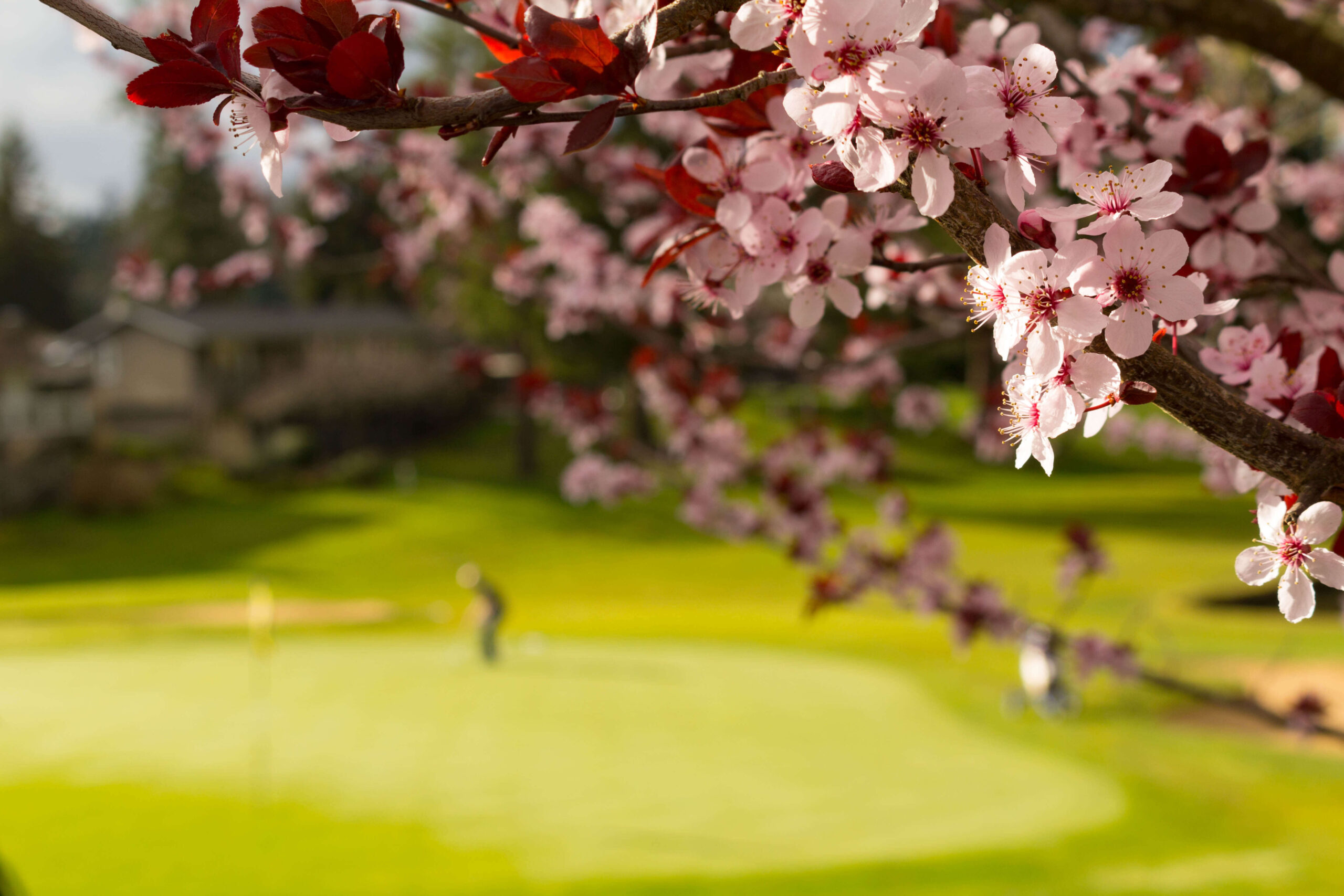
The first priority for your team should be to have a maintenance programme already planned and ready to be implemented.
To repair any damage caused by the cold, clear away leaves or debris and assess the condition of your turf. If you spot patches of weeds, mould or moss, you can use tailored chemical solutions and apply a moss killer to deal with the problem quickly and effectively.
It’s now time to prepare the course surface for your spring maintenance routine. When mowing the grass on your greens, fairways and tees, it’s important to even out areas that grew at different speeds during the winter to improve playability.
To avoid excessive turf damage, the first cut of the season will usually be the same height as the last of the previous year, before dormancy. Then, when the grass is actively growing again, course managers will incrementally lower the mowing height going into late spring to early summer.
You can use cylinder mowers for maximum trimming precision but don’t cut more than a third of the length at once. Gradual and regular mowing is the best way to preserve the fine blades of grass that were weakened by the cold season.
The next step is to strengthen grass roots to ensure your turf will begin to grow rapidly and remain healthy even throughout the hot summer. Aeration allows you to start this process by piercing the soil with tines to optimise the circulation of essential nutrients like oxygen, water and nitrogen.
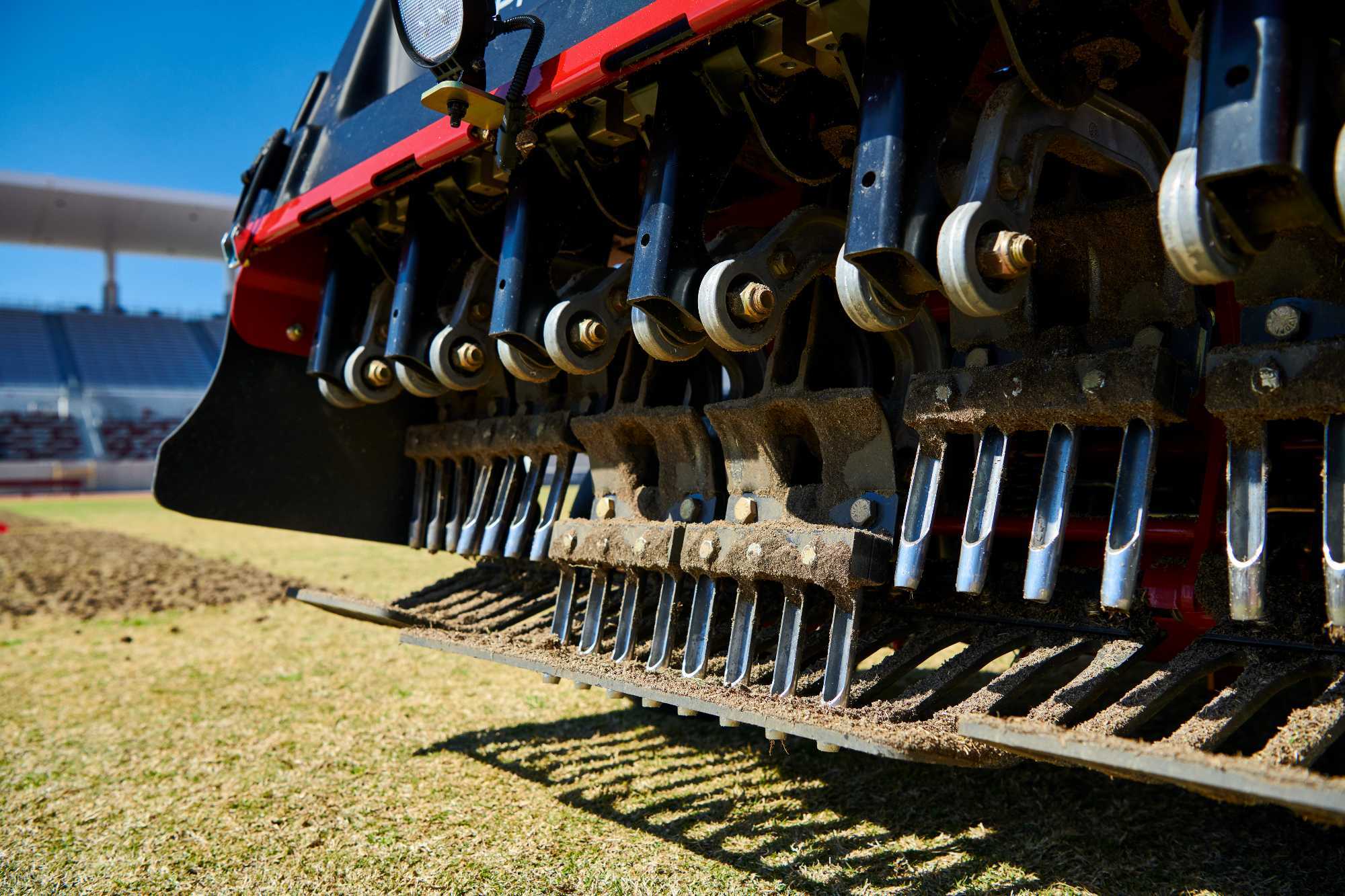
And since with the warm seasons approaching your turf has plenty of time to recover and the accumulated thatch layer can be particularly thick, hollow tine aeration is often your best option. This type of aeration can be tougher on the course, as it digs out small cores of turf rather than just puncturing the ground; however, the bigger holes maximise de-compaction and the overall benefits of aeration.
Topdressing is another practice that is particularly effective when combined with hollow tine aeration. In addition to supporting seed growth, topdressing promotes the full, even filling of aeration holes with porous sand and topsoil – smoothing the surface while improving soil structure and drainage.
Similarly, overseeding after aeration is a great strategy to accelerate recovery and ensure an even grass distribution on the playing surface. However, your sowing rate should depend on the type of seed used and the overall turf conditions: don’t begin until the temperature rises above 8°C and make sure the seedbed is moist and well-aerated to guarantee the most favourable conditions for germination.
Find more information in our complete guide to spring maintenance.
Summer care
The key factors greenkeepers must consider when adjusting their maintenance programmes for the summer are warmer temperatures, prolonged dry spells and turf damage caused by a higher number of golfers.
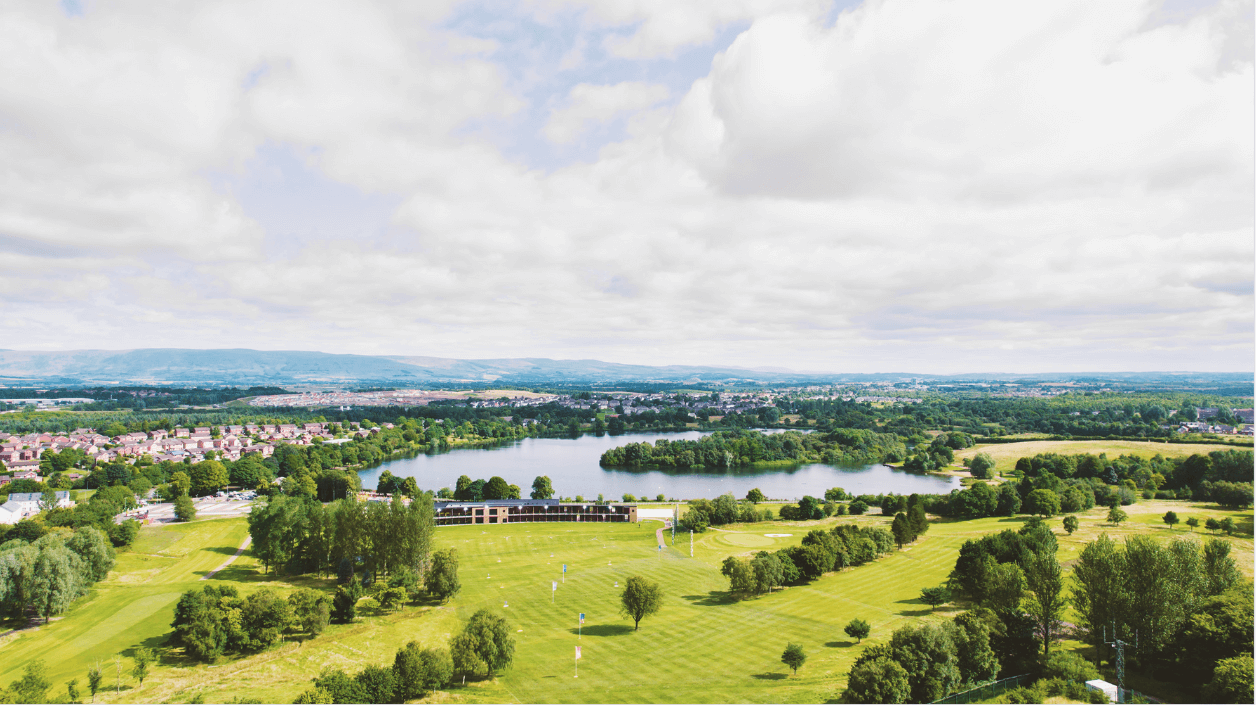
Summer care, therefore, should focus on moisture management and mitigating turf stress.
For instance, as hot weather tends to dry out the soil, raising the height of the cut when mowing is advised to increase turf protection from the sun as well as moisture retention.
Summer is arguably the busiest season of the year, both for golf clubs and greenkeepers. Replacing or sharpening mower blades can be a simple but effective way to increase productivity in a period when every minute counts. Sharper blades are also more delicate on grass, reducing friction and minimising turf stress.
Aeration, instead, should be limited to solid tines because hollow tines can cause significant stress to the course and make the soil excessively dry, with the potential to endanger grass roots.
Optimising water resources becomes essential when it comes to irrigation as well. Irrigate the grass during the hottest hours of the day, and the water might evaporate before it gets the chance to penetrate deep into the soil.
The best strategy is to irrigate your course regularly to ensure it receives enough nutrients, focusing on the morning or late afternoon for maximum water intake.
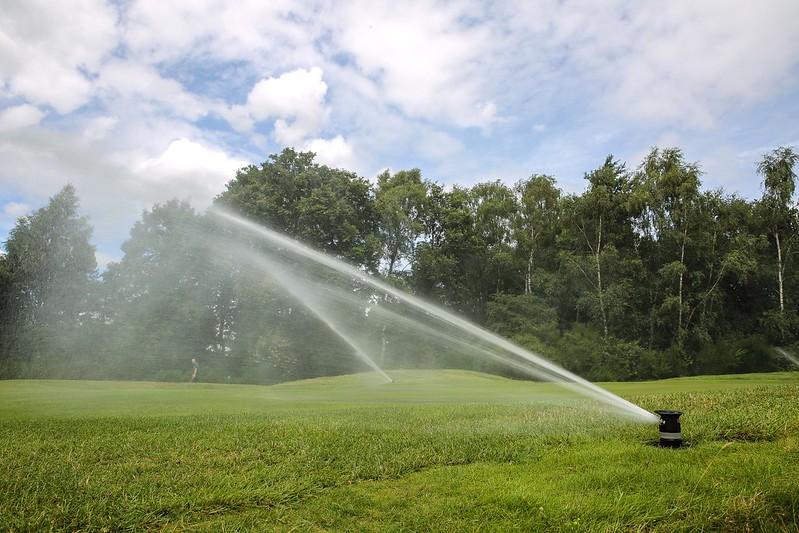
Combining a smart irrigation control system and modern sprinklers – with sophisticated sensors for moisture control – can help you solve this issue by allowing you to easily regulate the amount of water fed to your turf and adjust it in real-time.
Check out our new guide to summer maintenance to learn more.
Autumn maintenance
As summer ends and the weather begins to turn colder, it’s time to help your course recover from the stress and damage caused by the hot season – for example, consider overseeding the turf in areas that experienced excessive wear and tear.
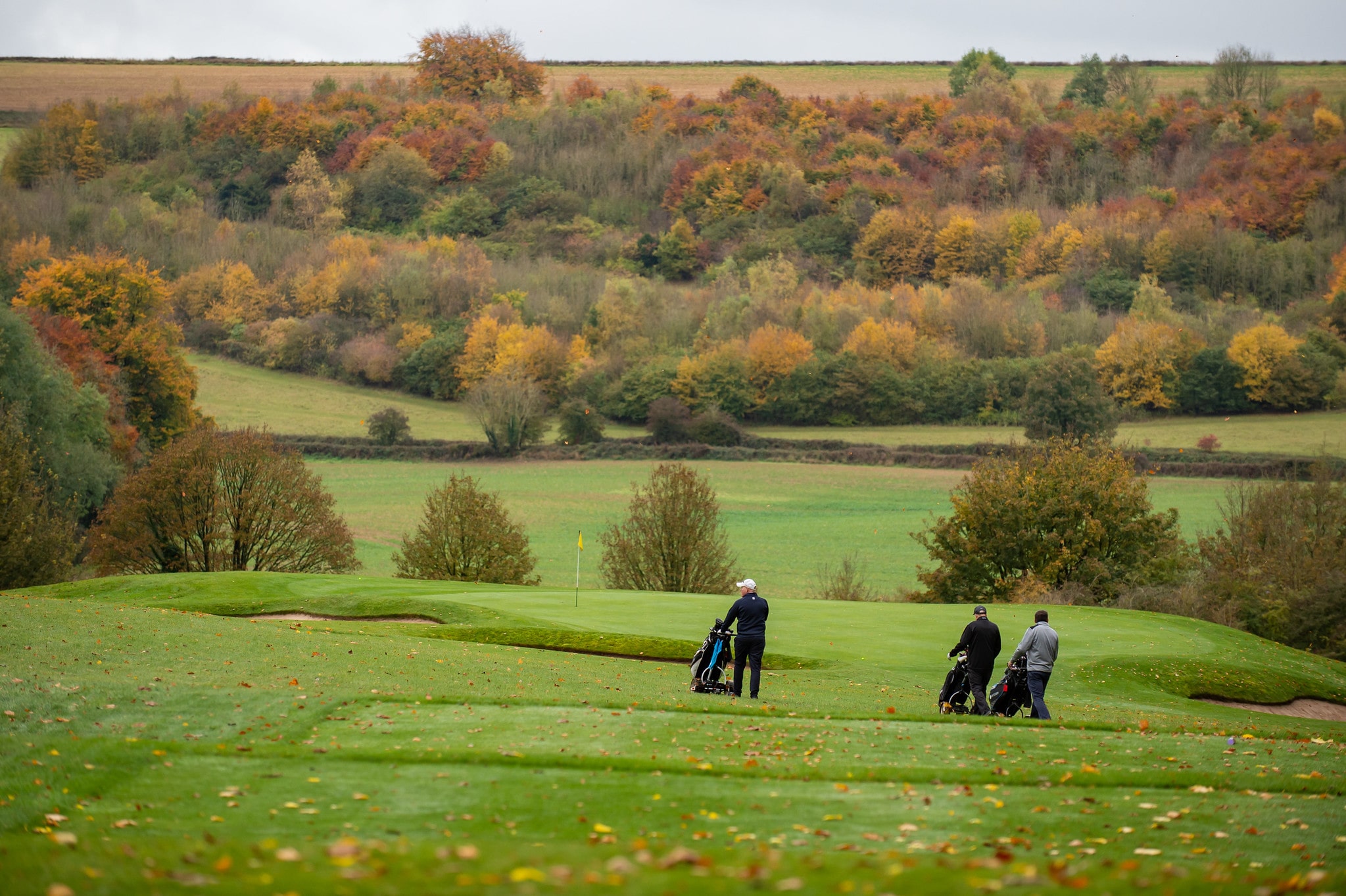
Compaction induced by dry soil, abundant footfall and the weight of maintenance machines is another common issue exacerbated during summer, as well as a high amount of thatch buildup.
Aeration is particularly effective against these problems, enabling greenkeepers to de-thatch if necessary and de-compact the turf to allow nutrients and water to penetrate deep into the ground.
And now that the dry season is gone, you can alternate hollow and solid tine aeration again, depending on the moisture level of your course.
Leaf and debris collection is another typical challenge of autumnal turf management, impacting both playability and overall aesthetics of the course. The most efficient solution? Use powerful debris blowers or collectors attached to tractors or utility vehicles, ensuring quick and easy removal of fallen leaves across the course.
Pest control is another essential activity for this season, especially when it comes to neutralising voracious leatherjackets, whose larvae are particularly vulnerable between September and October.
Growing up to 4cm long, these pests have an insatiable hunger for grassroots and delicate grass stems, but you can treat the problem biologically with nematodes – microscopic roundworms that naturally target insect larvae. Alternatively, if the infestation proves exceptionally resilient, you can also consider a chemical solution like Acelepryn.
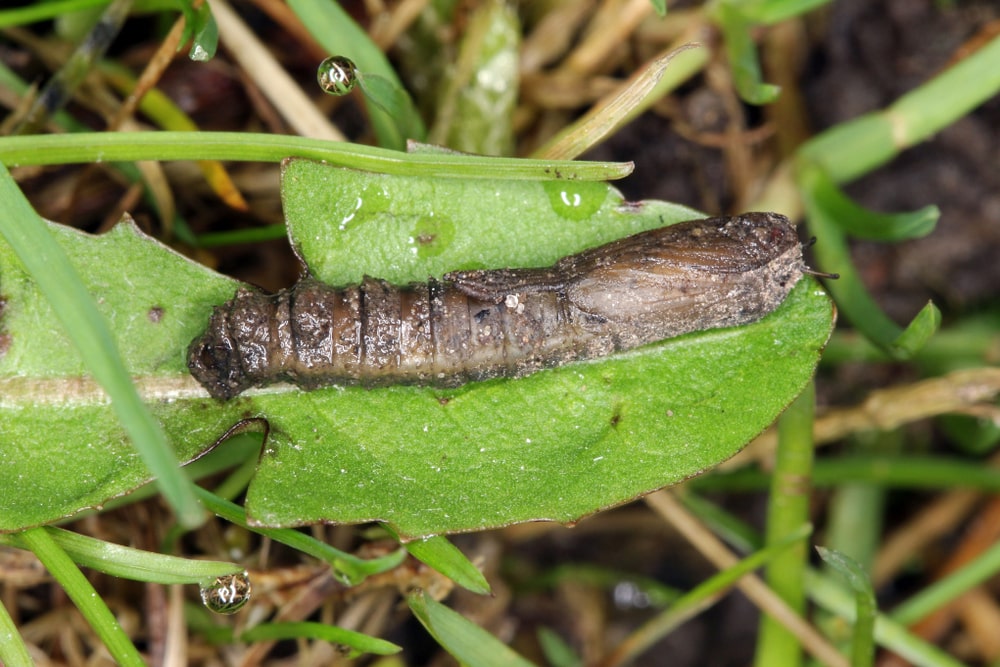
frequency of mowing and begin tackling any moss that has developed, while also switching to a potassium-rich feed to prevent nutrient deficiencies and support grass health throughout the cold season.
Explore our new guide to autumn maintenance for more in-depth strategies and equipment advice.
Winter protection
Some golfers think that when grass becomes dormant during winter turf is relatively low maintenance, but greenkeepers know there is no such thing as a simple season for turfcare.
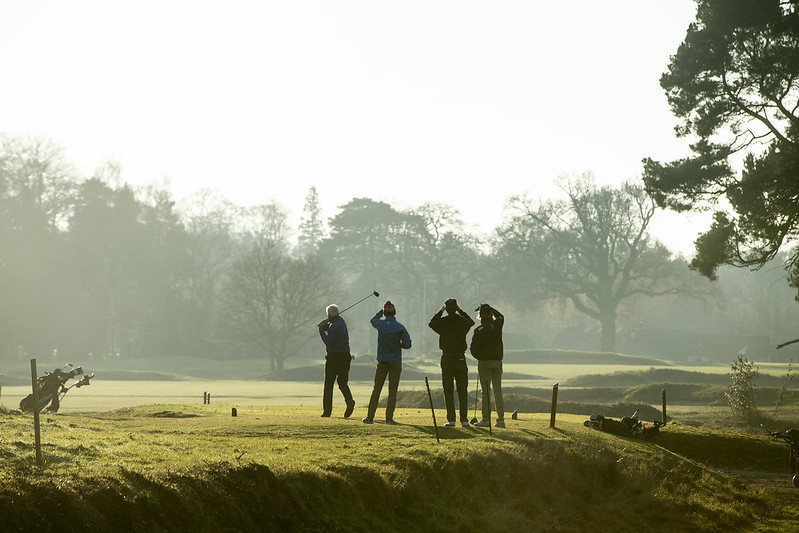
While people at home mostly need to feed the grass and give the lawn some protection from the harshest weather elements, a golf course presents more nuanced challenges.
For instance, with reduced light and higher disease risk, it’s essential to stock up on fungicides. Daily grass inspections and clearing morning dew can also help prevent fungal outbreaks.
On the other hand, frequent winter rainfall means a higher risk of floods. Check all bunkers and inspect the course’s drainage systems to ensure they’re clear of debris and work well. Proper drainage is critical to avoid waterlogging, which can lead to turf damage and disease.
In general, mowing should be minimised as the temperature falls below five degrees and the turf becomes dormant.
And when all turf matters are taken care of, it’s finally time to inspect your machines and make sure your fleet is ready for another productive year – here are a few tips to start. Winter offers an ideal opportunity to maintain and repair your turfcare equipment while also planning any projects you might have for the upcoming spring.
For more information about winter turf protection, here’s our complete guide.
Achieving turfcare excellence all year
Ensuring your turf can thrive despite shifting weather and environmental conditions requires quite a bit of care throughout the year, as well as a team of experts and a wide-ranging fleet of machines that won’t let you down.
The solution? Toro offers high-performance equipment designed to meet any turfcare challenge, backed by continuous innovation and industry-leading expertise.
Call 01480 226800, email info@reesinkturfcare.co.uk or visit reesinkturfcare.co.uk to learn how Reesink helps you choose the best Toro machines for your golf course maintenance needs.